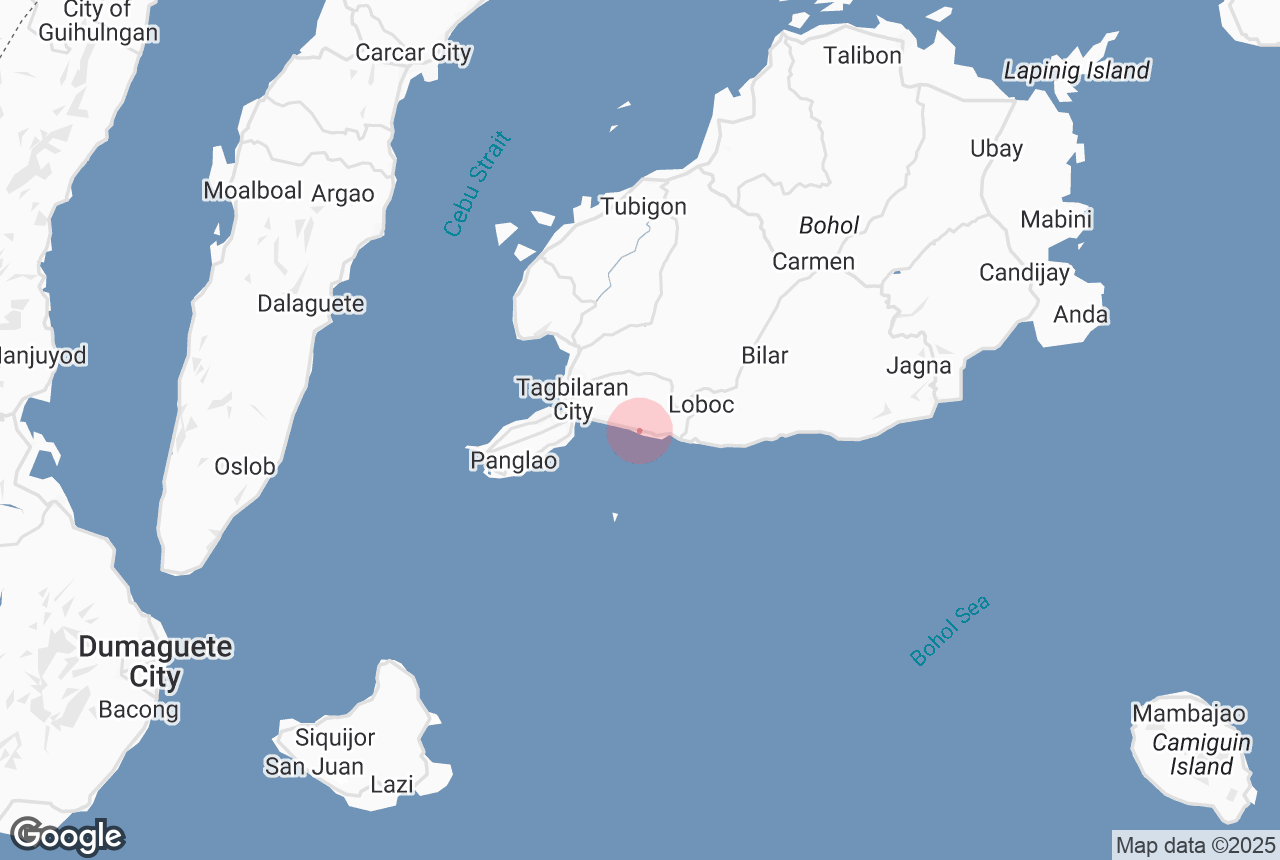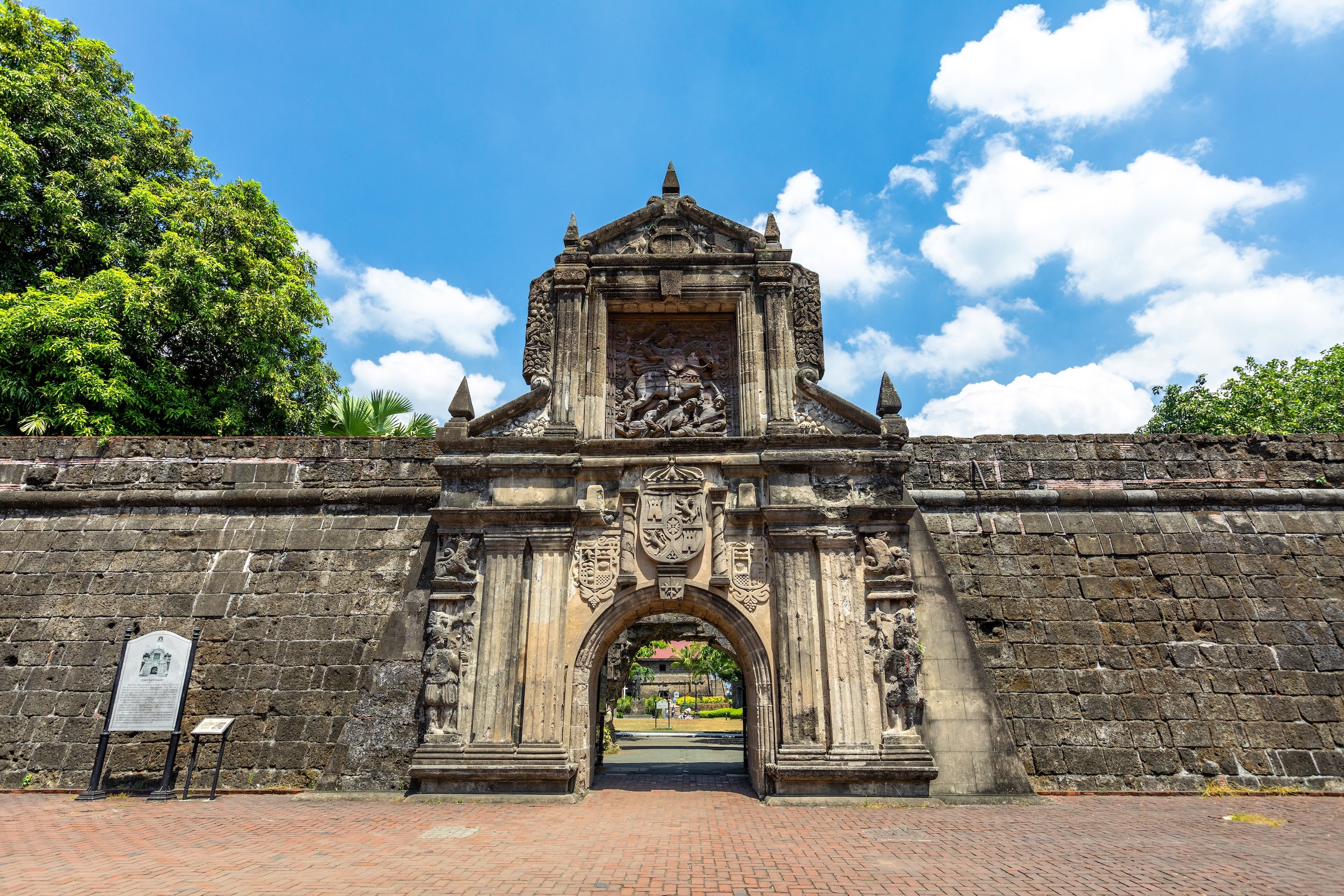Sta. Monica Church
The Sta. Monica Parish Church is considered one of the oldest stone churches in the country. It’s also one of the few Spanish-era churches that withstood the 7.2-magnitude that struck Bohol in 2013.
The church is located in Bohol’s Alburquerque town (known to locals as Albur), right along the Tagbilaran East Road. Built on a low knoll, the parish was established in 1869 after its separation from the town of Baclayon.
Sta. Monica Church used to be under the supervision of the Order of Augustinian Recollects. The façade of the church doesn’t quite look as elaborate as those of other churches from the colonial period. It has rounded that pillars run along the structure’s elevation and a quadrangular belfry that sits high in the upper center of the church.
The tower houses three bells, each of which is inscribed with the names of its patron saints, namely Sta. Monica, San Agustin, and Calipay, which translates to the word “joy.”
To the right of the church, a series of arches shows a pathway that connects the church to an old yet grand convent as well as a courtyard farther beyond. On the second floor of the convent, there’s a walkway going to the choir loft.
The church’s ceiling is made from tin, and painted with religious images and scenes by renowned Cebuano artist Ray Francia, who also painted the Dauis Church. The artist’s name is etched on one side of the church’s portico or the choir loft.
The interiors of Sta. Monica Church also has unique pillars that are made from sturdy tree trunks masked with metal sheets, which are said to have helped the church avoid major damage from the 2013 earthquake.
Also in 2013, the National Museum of the Philippines declared Sta. Monica Church an Important Cultural Property.
How to get there
From the Tagbilaran airport, ride a tricycle to the terminal and then ride a jeepney to Albur. Tell the driver to drop you off at Sta. Monica Church.
Best time to visit
This religious site is open to the public daily.









